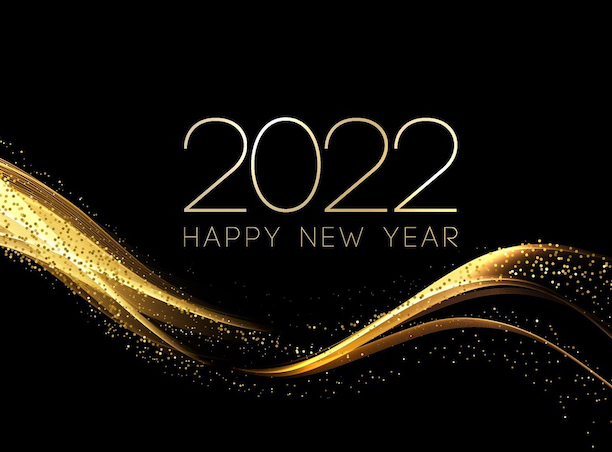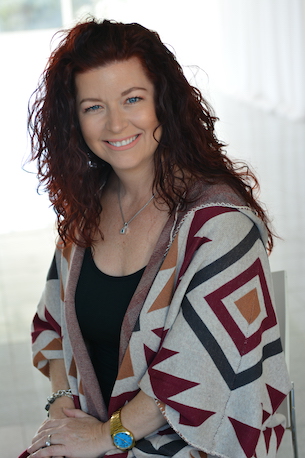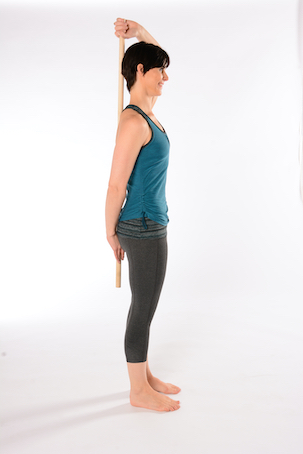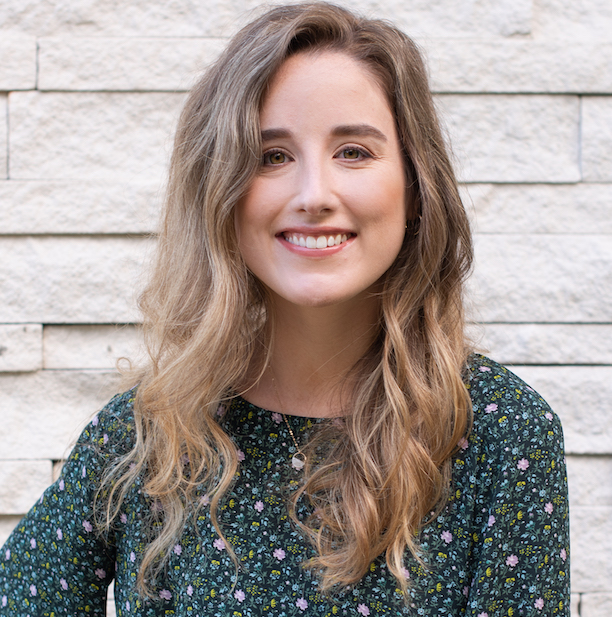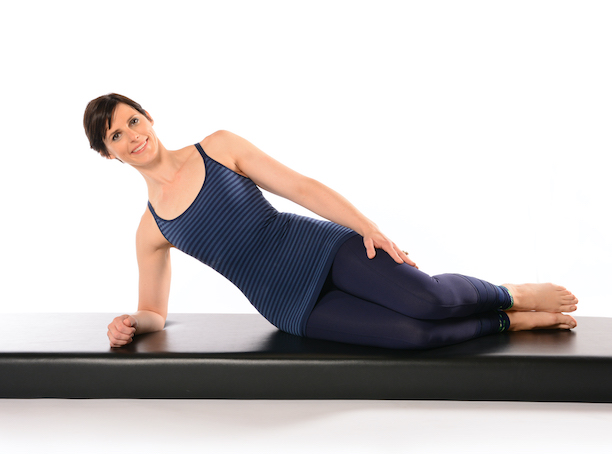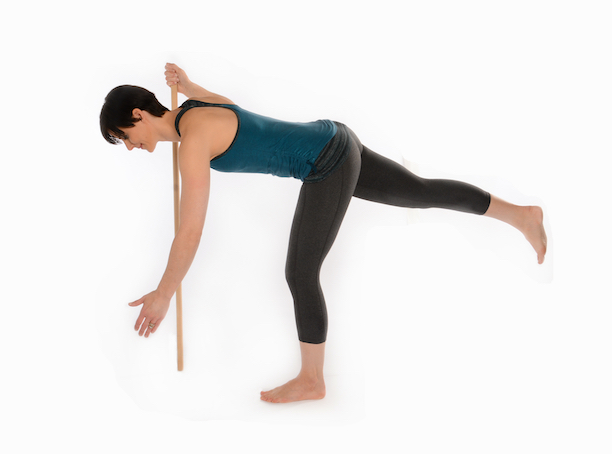ProHealth Physical Therapy and Pilates Studio Blog
January 12, 2022
We love hearing stories of success from our clients. Check out Toni Rueter’s amazing story in our Client Spotlight. How and when did you begin at […]
January 1, 2022
As we ring in the New Year, many of us ask the question, “What’s my New Year’s resolution?” The majority of resolutions fizzle out by February. […]
December 22, 2021
Hi Terri! Thanks so much for letting us shine the ProHealth spotlight on you this week. What’s your position at ProHealth Physical Therapy and Pilates and […]
December 8, 2021
Healthy posture has a big impact on your body and mind. We live in a culture of sitting, slumped over a computer and slouching over our […]
December 1, 2021
This week’s client spotlight shines on longstanding ProHealth client, Mark R. Carlson. A ProHealth PT graduate, Mark continues his wellness journey with Pilates. His Pilates […]
November 18, 2021
Diastasis Recti is a separation of the muscles along the midline of the stomach. It’s a common occurrence during pregnancy. As many as 60% of pregnant […]
November 12, 2021
What’s your position at ProHealth Physical Therapy and Pilates and how long have you been here? I am a physical therapist and Pilates teacher at ProHealth. […]
November 4, 2021
Inside ProHealth Pilates studio are curious looking pieces of equipment. Joseph Pilates created Pilates apparatus to aid in rehabilitation and improve body conditioning. The apparatus is […]
October 27, 2021
October is National Physical Therapy Month! Physical therapy is a wonderful tool at any stage of life and in many situations. Physical therapists are highly trained […]
October 25, 2021
Choosing The Best PT Clinic You know you need Physical Therapy. Maybe it’s because of an injury. Or you just had surgery. Perhaps you are experiencing […]


